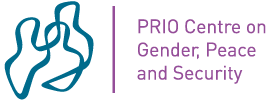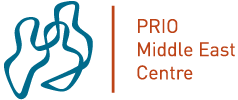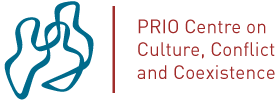ISBN: 978-1-80429-788-9
Lars Gule
Oslo Metropolitan University
This is not a book about what happened on October 7 but on the attack’s preconditions. It is a thorough account of Palestinian Islamism as a political and organized phenomenon. Based on his own research, numerous primary sources, and an impressive command of the scholarly literature, Skare provides an analytical description of how Palestinian Islamism has developed from its modest beginnings in the 1950s to become a central part of the resistance against Israel. The book outlines both the organizational and ideological evolution of Palestinian Islamic Jihad (PIJ), Hamas, and other lesser-known resistance groups. The changes in Islamism also largely reflect the frustrations in Gaza over the Israeli-Egyptian blockade and the so-called peace process. Through the description of how Palestinian Islamism has evolved, we learn how far more nuanced and complex Palestinian Islamism is than what is portrayed in Israeli propaganda, where Hamas is often equated ideologically and theologically with the Islamic State (IS). Skare demonstrates how wrong this is. Palestinian Islamism has changed through internal shifts in ideological positions – including struggles between so-called hawks and doves, i.e. those who focus on armed struggle and those who propose a long-term hudna (truce) and negotiations. These internal contradictions have also been influenced by external drivers: competition with other Palestinian groups, Israeli violence, the regional balance of power with increasing or decreasing support from other actors – particularly Iran. Skare places the development within the broader history of the Middle East and Palestine. This also gives us a picture of what the opposing and alternative movements – the Marxists and the nationalists – have represented. For Islamism does not develop in isolation, but in an active relationship with its surroundings.






